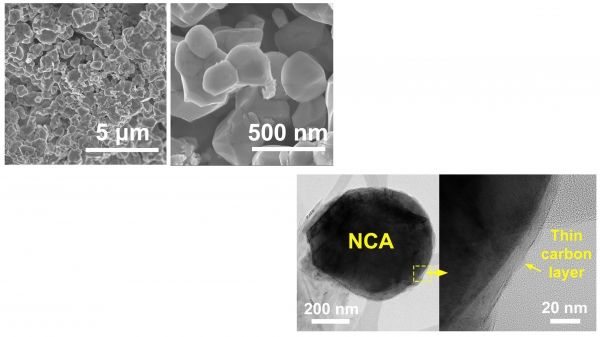Lithium-ion batteries (LIBs) that function as high-performance power sources for renewable applications, such as electric vehicles and consumer electronics, require electrodes that deliver high energy density without compromising cell lifetimes.
In the Journal of Vacuum Science and Technology A, by AIP Publishing, researchers investigate the origins of degradation in high energy density LIB cathode materials and develop strategies for mitigating those degradation mechanisms and improving LIB performance.
Their research could be valuable for many emerging applications, particularly electric vehicles and grid-level energy storage for renewable energy sources, such as wind and solar.
“Most of the degradation mechanisms in LIBs occur at the electrode surfaces that are in contact with the electrolyte,” said author Mark Hersam. “We sought to understand the chemistry at these surfaces and then develop strategies for minimizing degradation.”
Read more at American Institute Of Physics
Image: Figure 1 (Top): Scanning electron microscopy images of as-synthesized NCA at different magnifications. Figure 2 (Bottom): Transmission electron microscopy images showing the surface of the Gr-R-nNCA particles CREDIT: Jin-Myoung Lim and Norman S. Luu, Northwestern University


